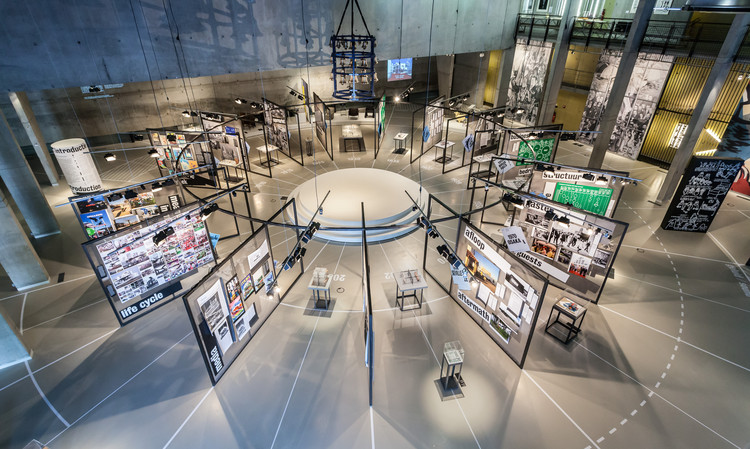
Willem Marinus Dudok (6 July 1884 - 6 July 1974) was one of The Netherlands' most influential Modernist architects. Formally trained as an engineer, Dudok spent his formative years designing military barracks for the Dutch forces, and his time with the military has been credited with the development of his early linear style, though he was known to borrow elements from Frank Lloyd Wright's prairie school of architecture. Dudok's architectural legacy is undeniable: with a career spanning several decades, his portfolio encompasses nearly all civic buildings in Hilversum, along with a series of projects in Rotterdam, Utrecht, and Paris, among others.
More than forty years after Dudok's death, Dutch journalist Peter Veenendaal has produced two videos documenting the architect's best projects, both in Hilversum: Town Hall and the Sports Grandstand. Serving as sequels to Veenendaal's documentary "City of Light" which delved into Dudok's design for retailer De Bijenkorf in Rotterdam, the videos highlight Dudok's impressive eye for form and linearity.
Check out Veenendaal's videos and find out more about Dudok's influential architecture after the break

















way_fotograafLisaKlappe.jpg?1443783006)

Way_Flood.jpg?1443782976)












































